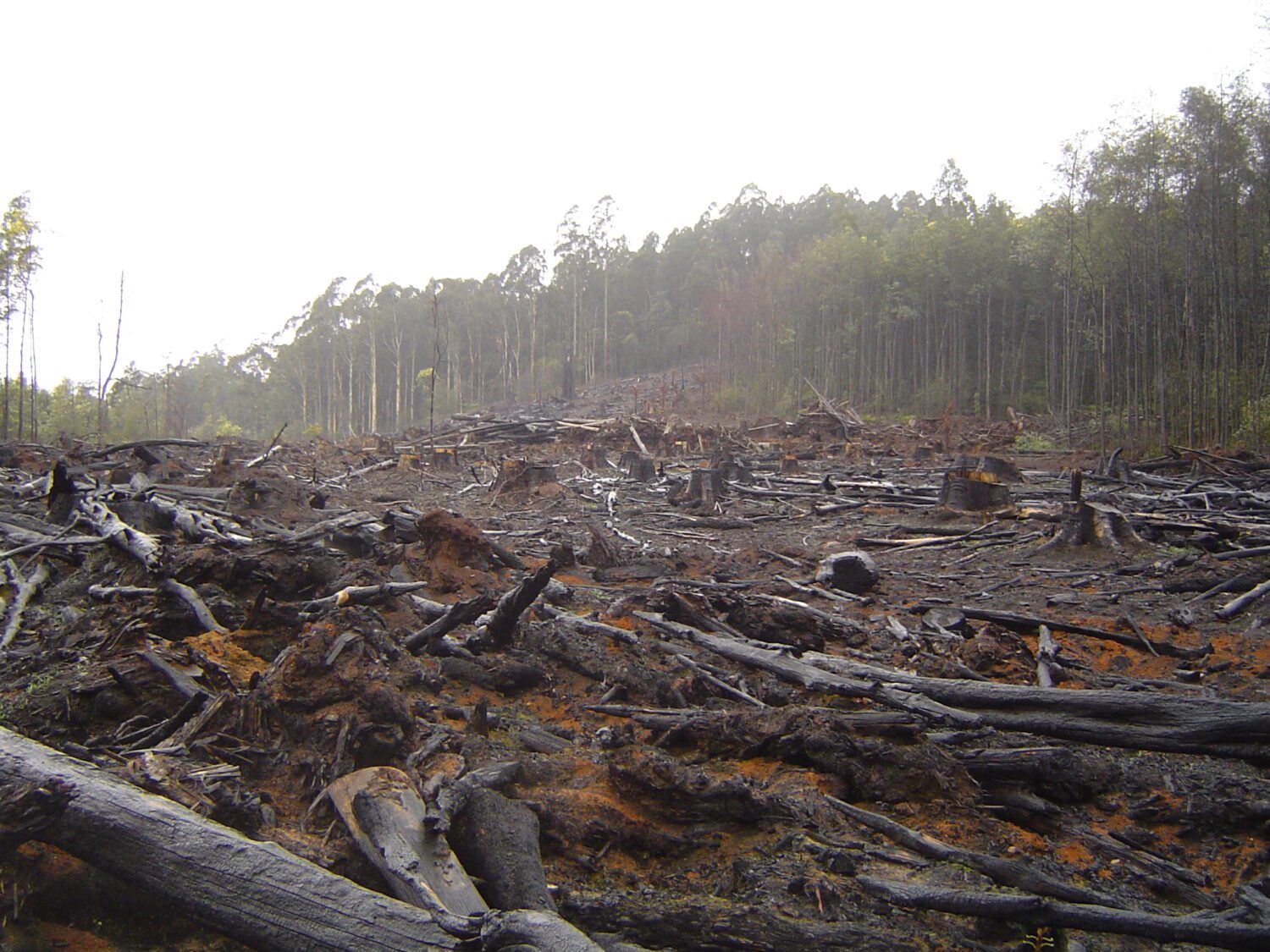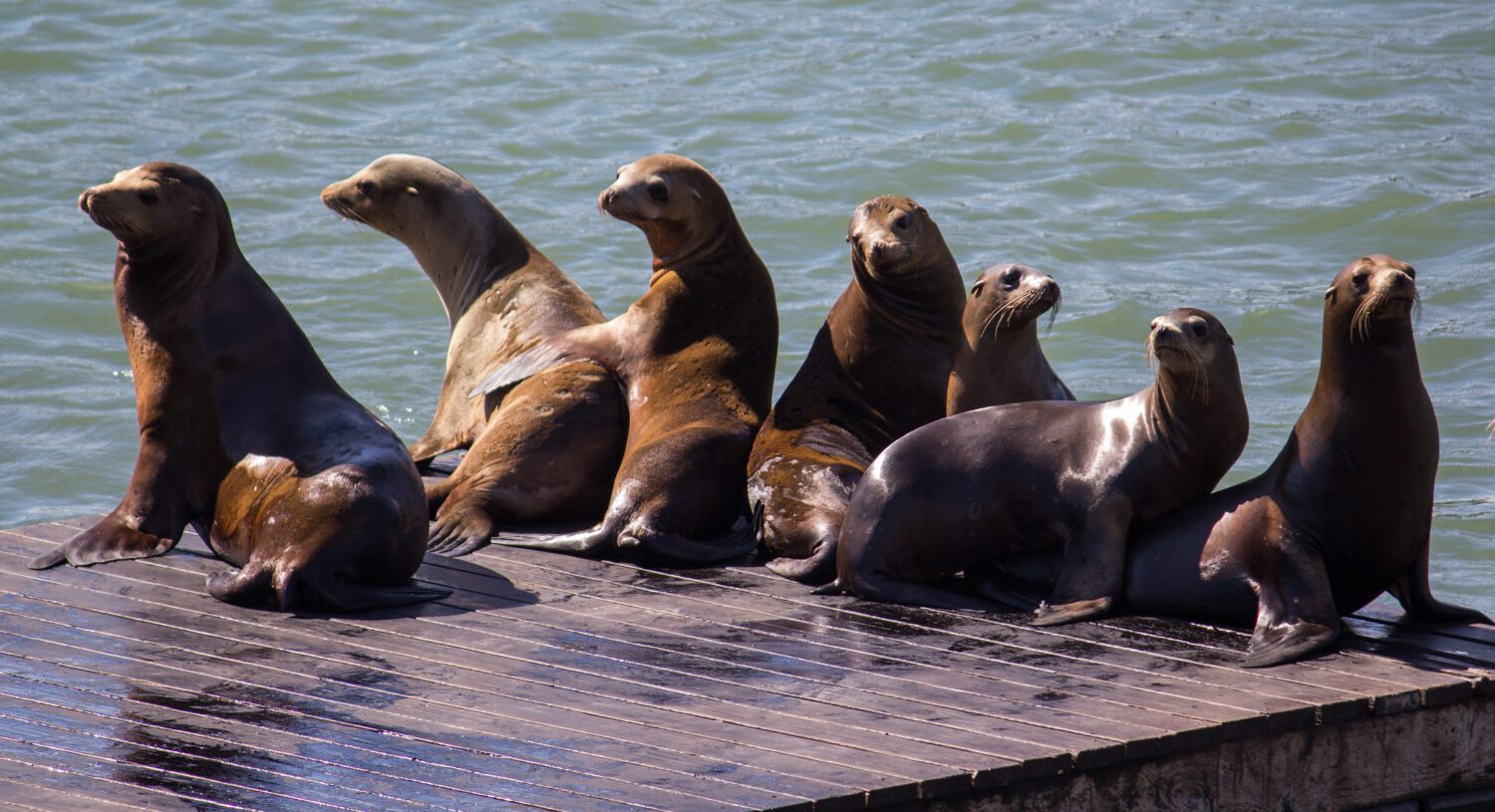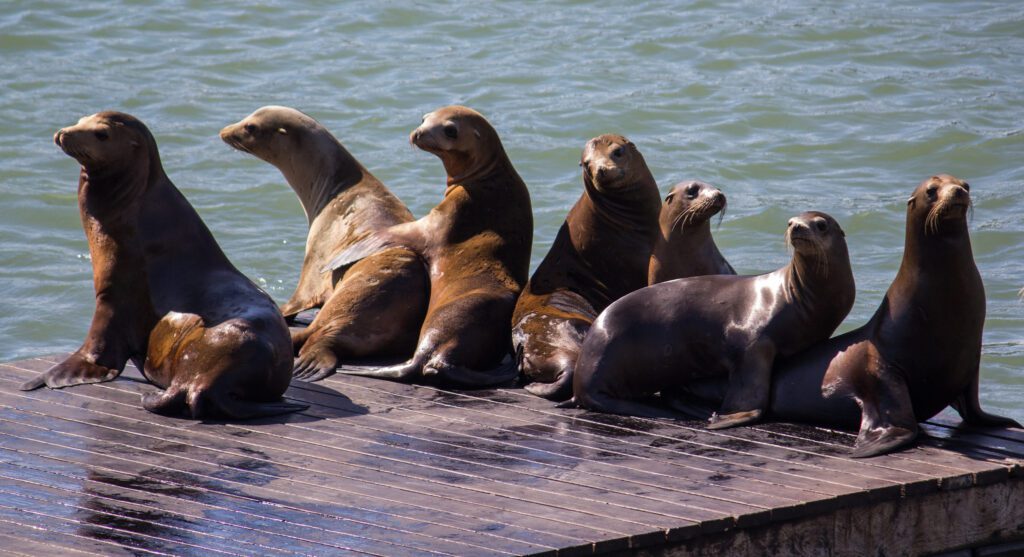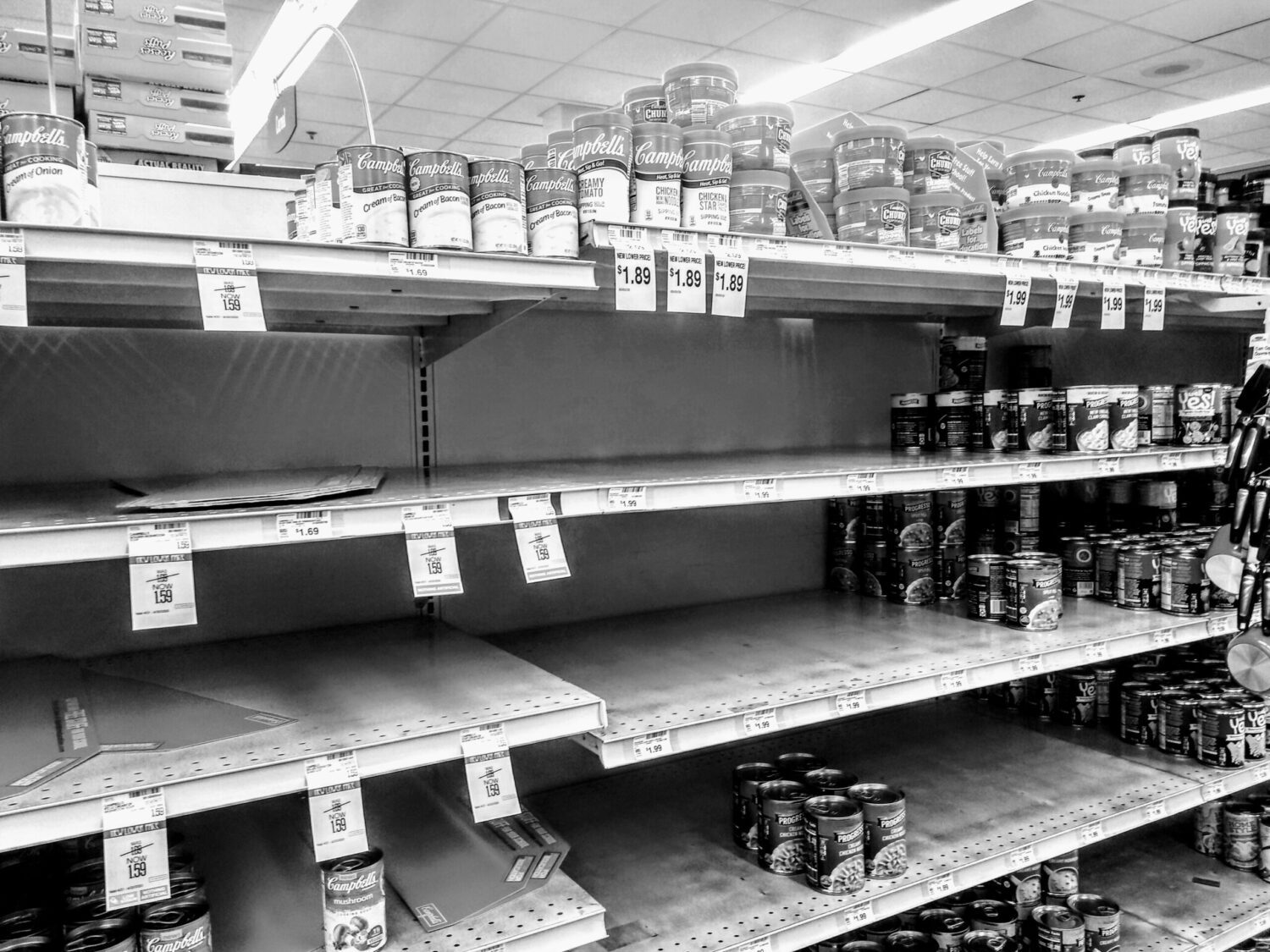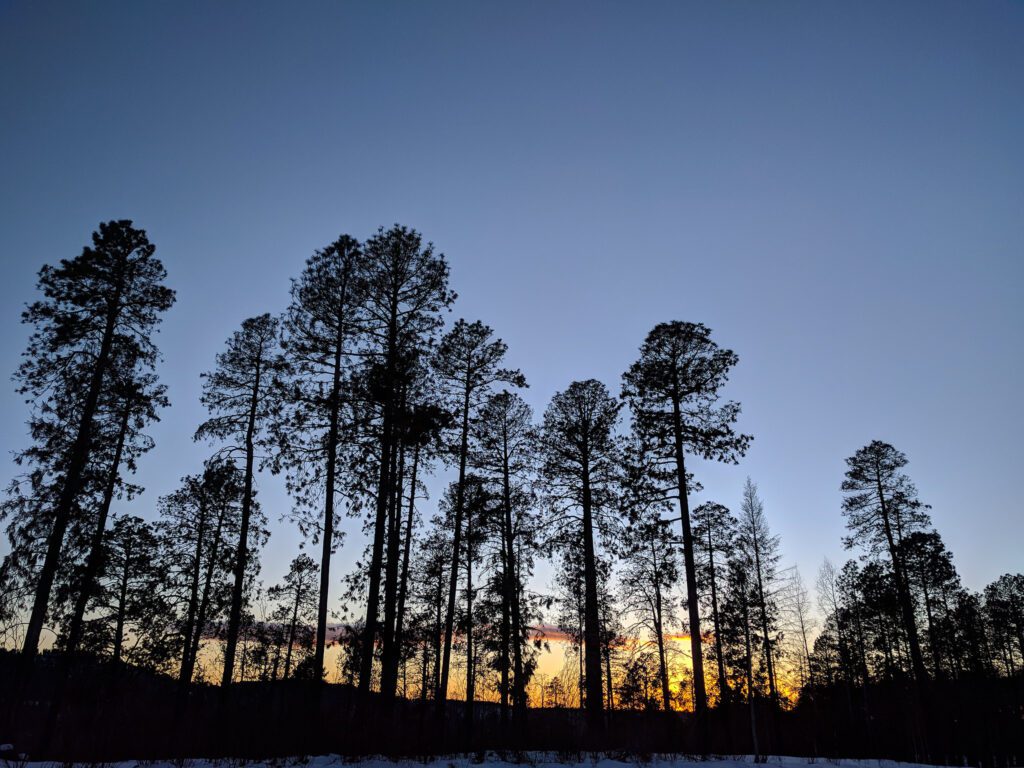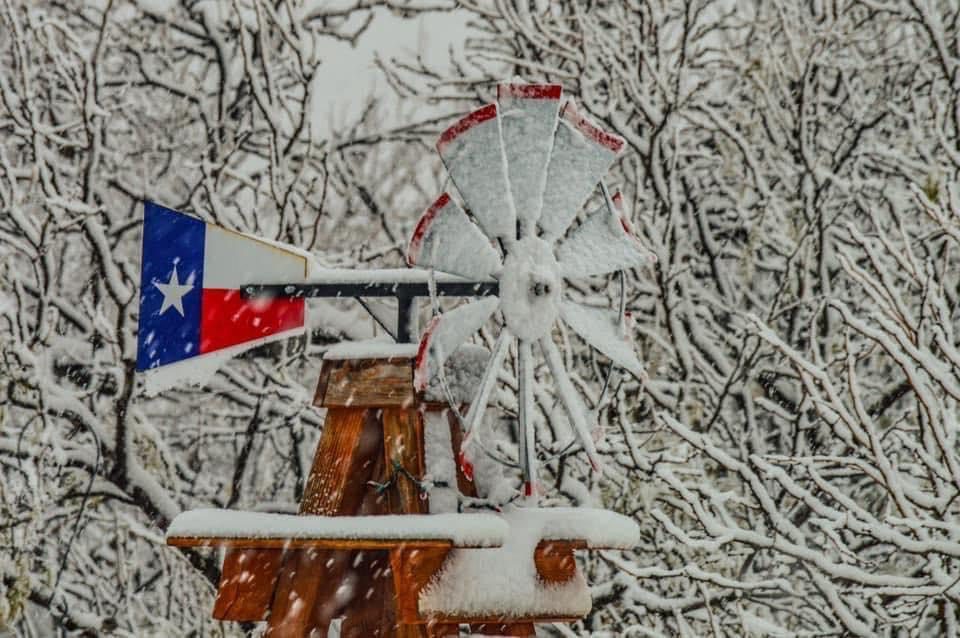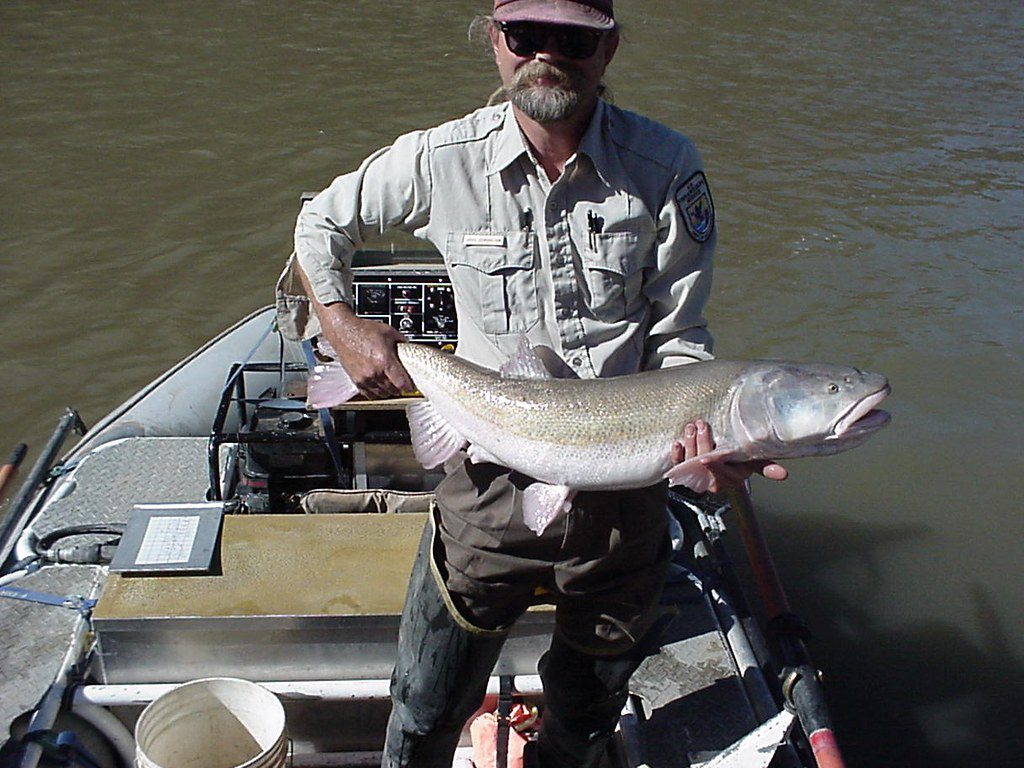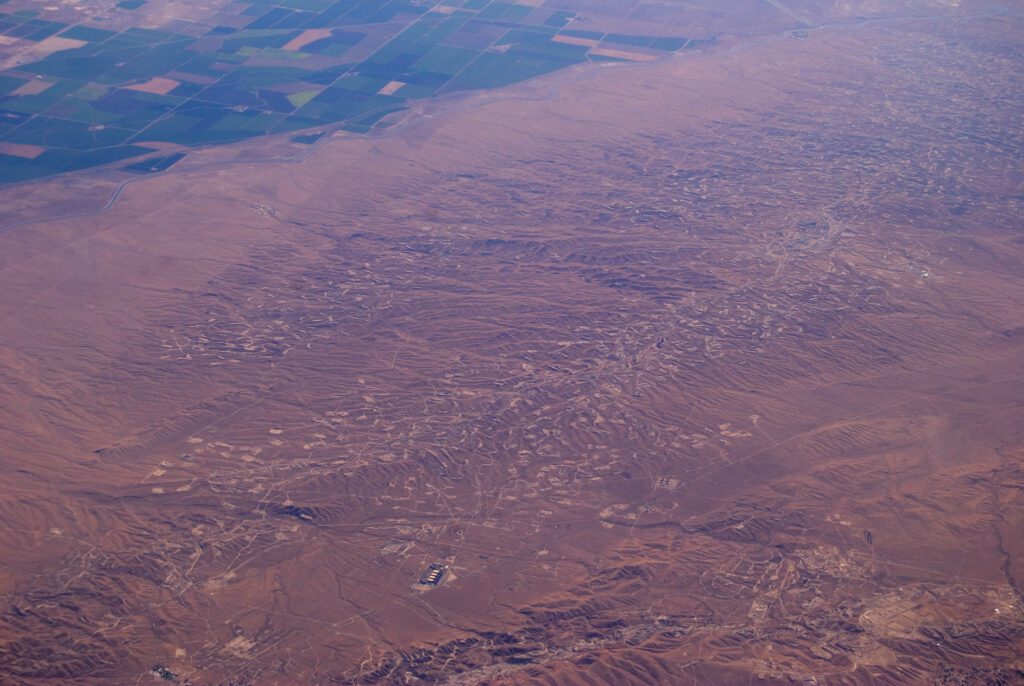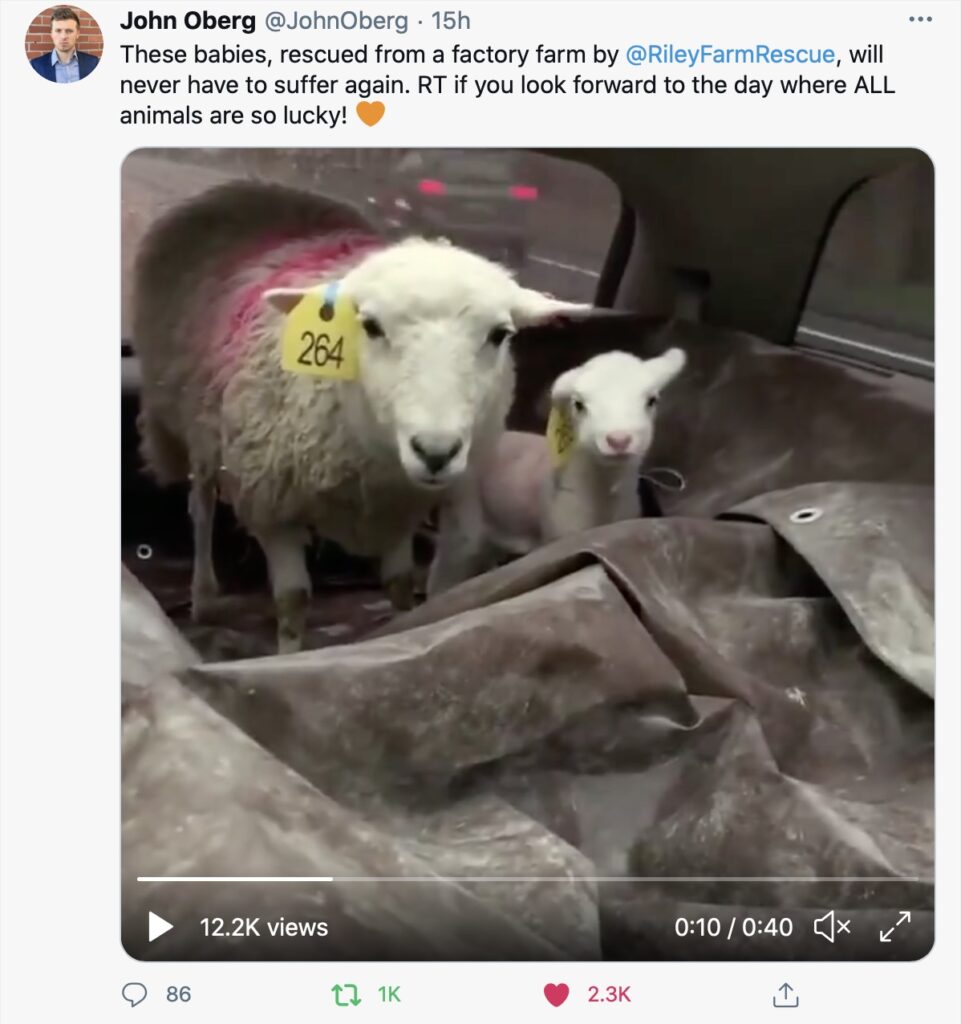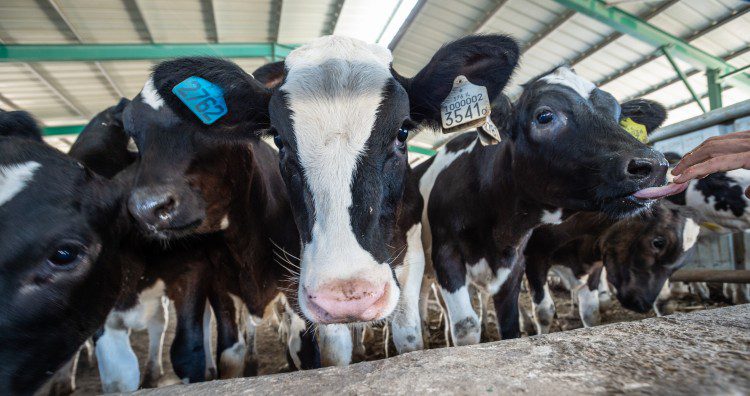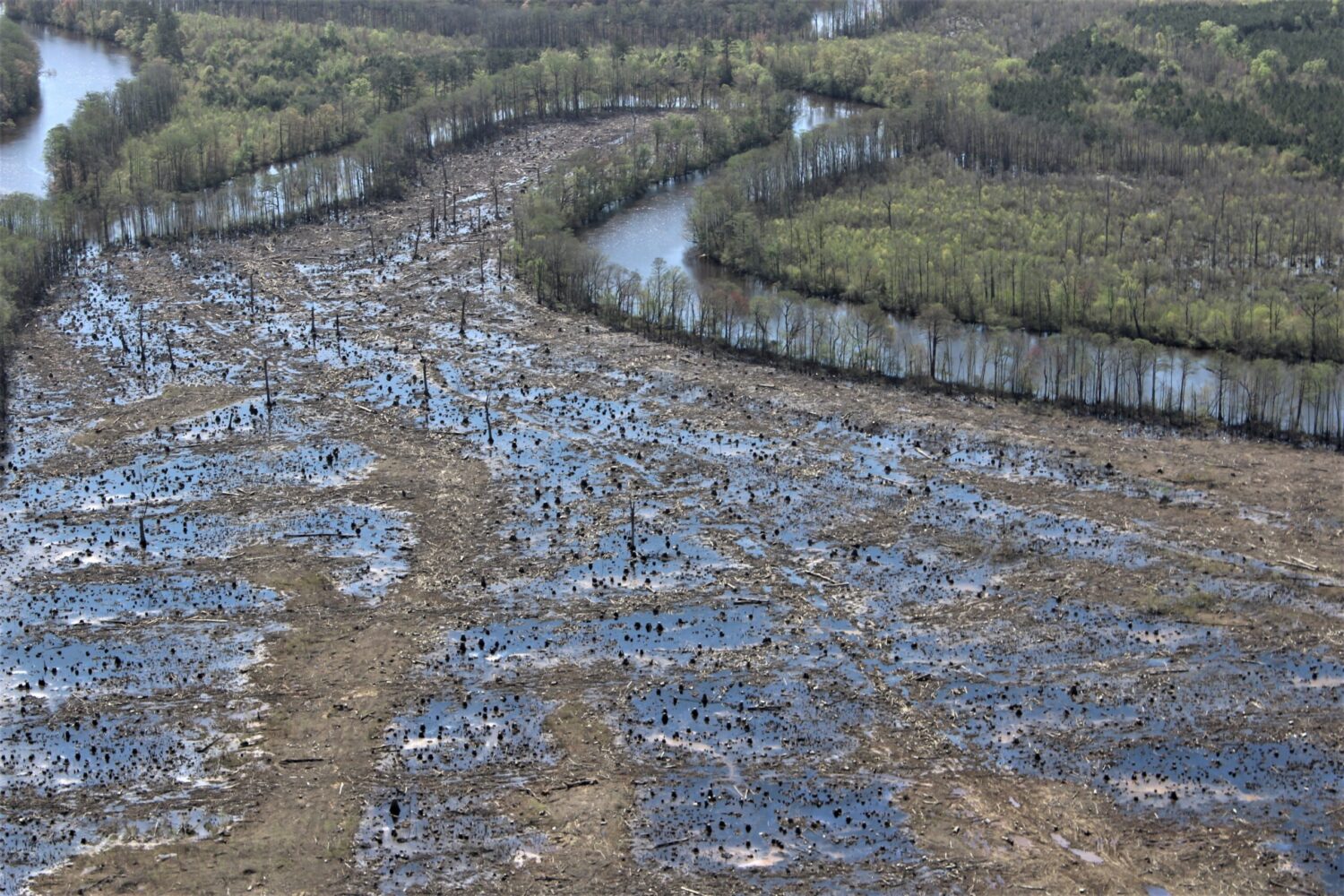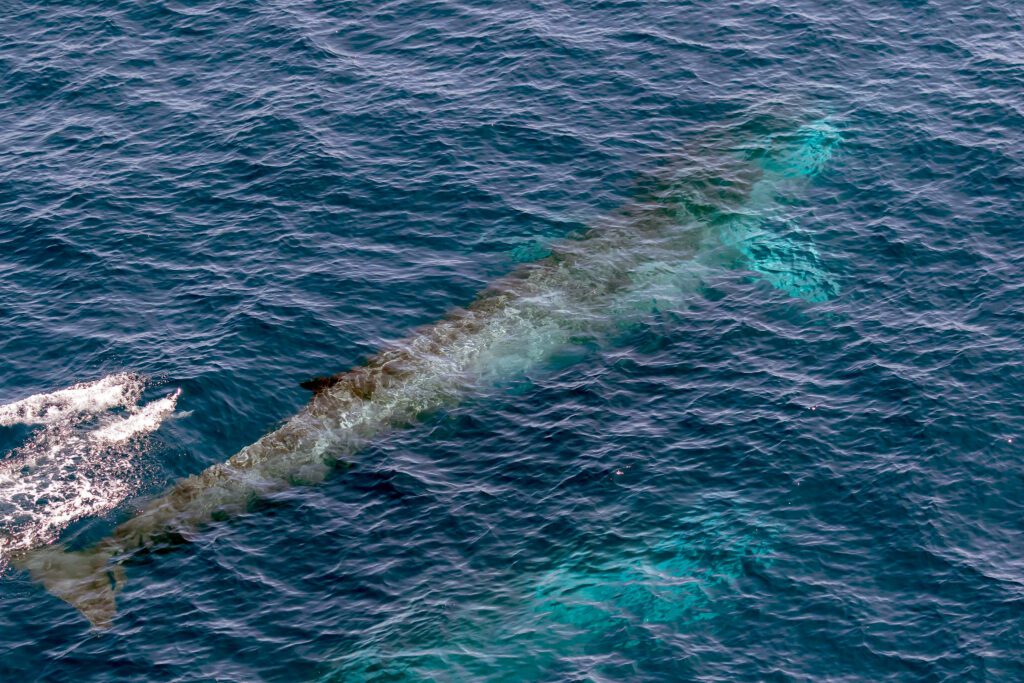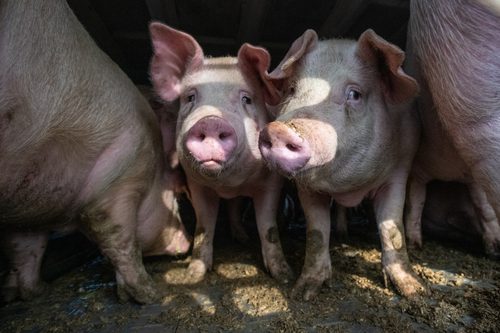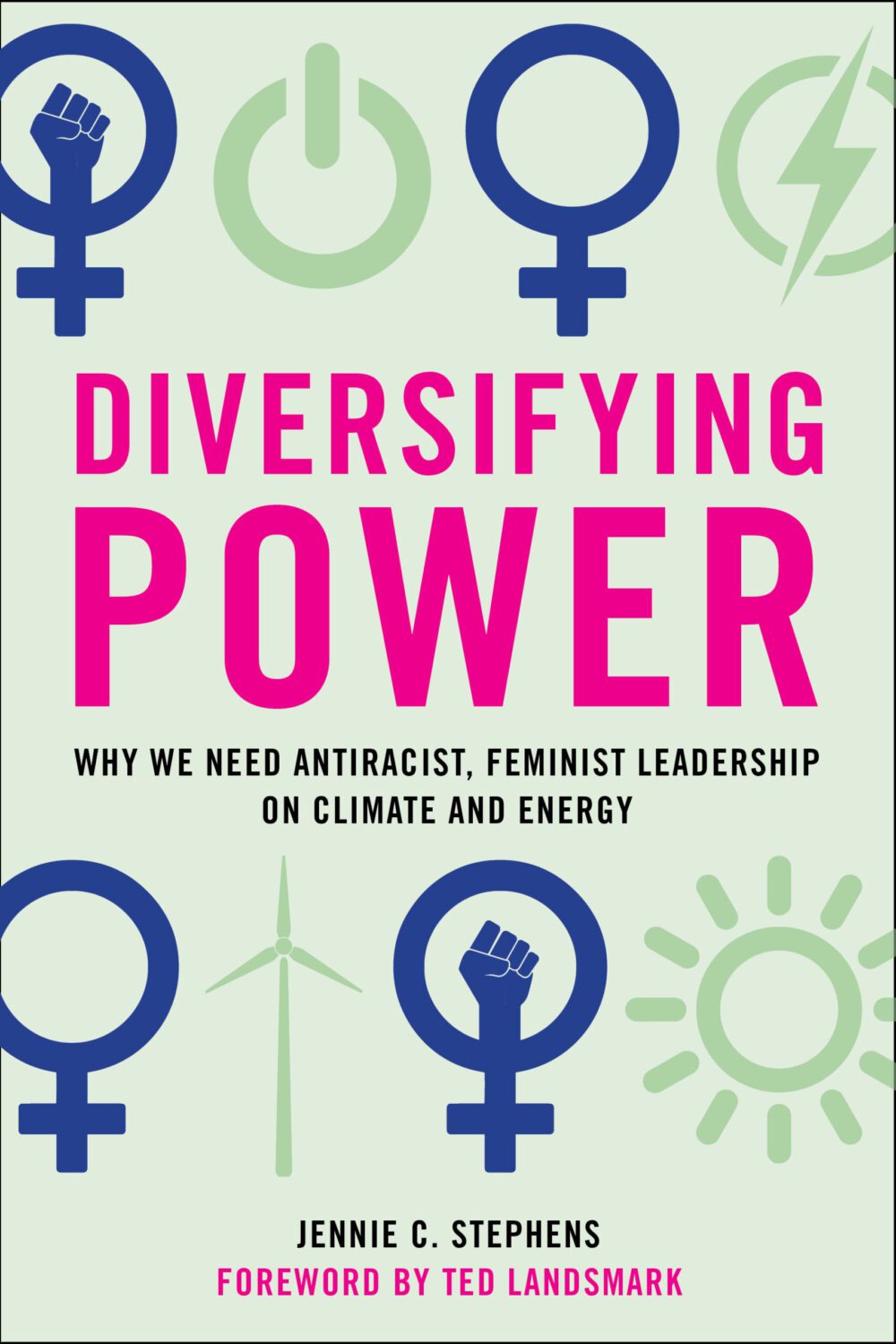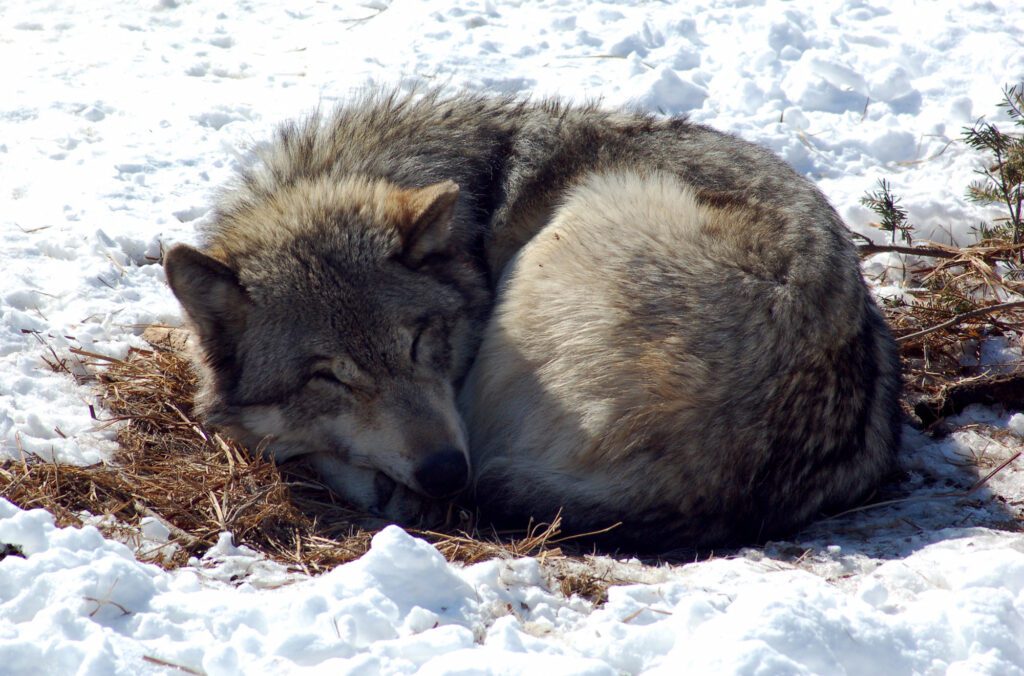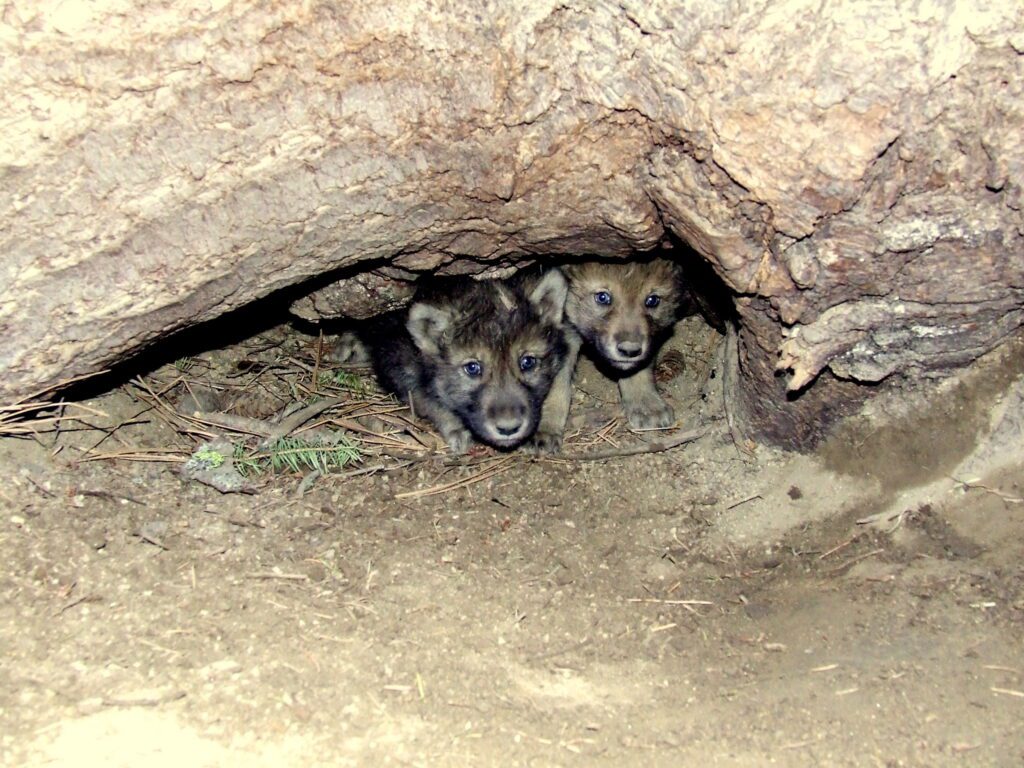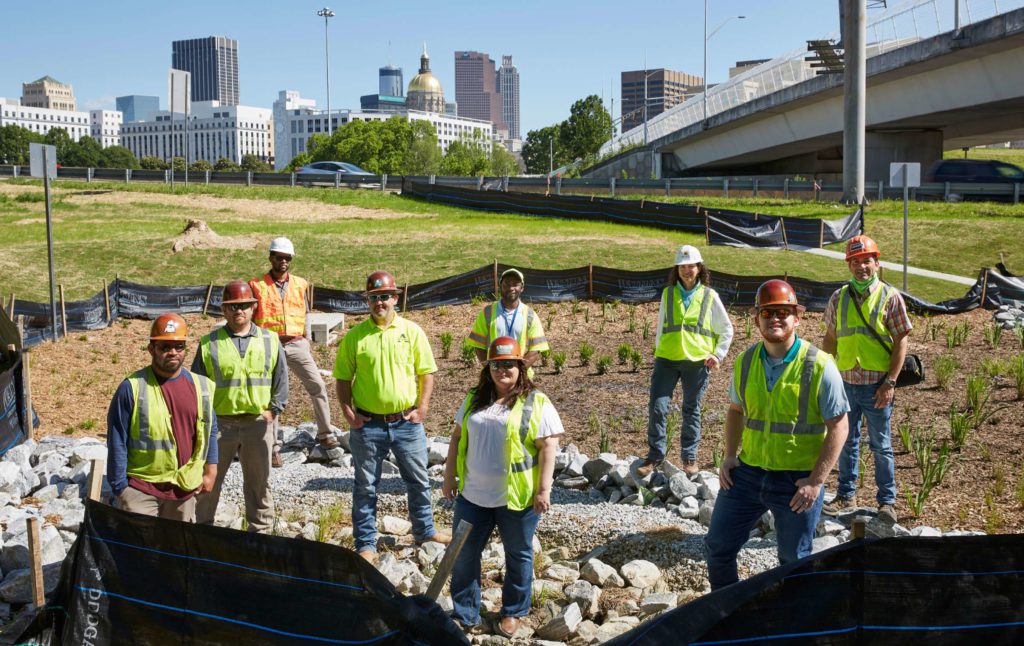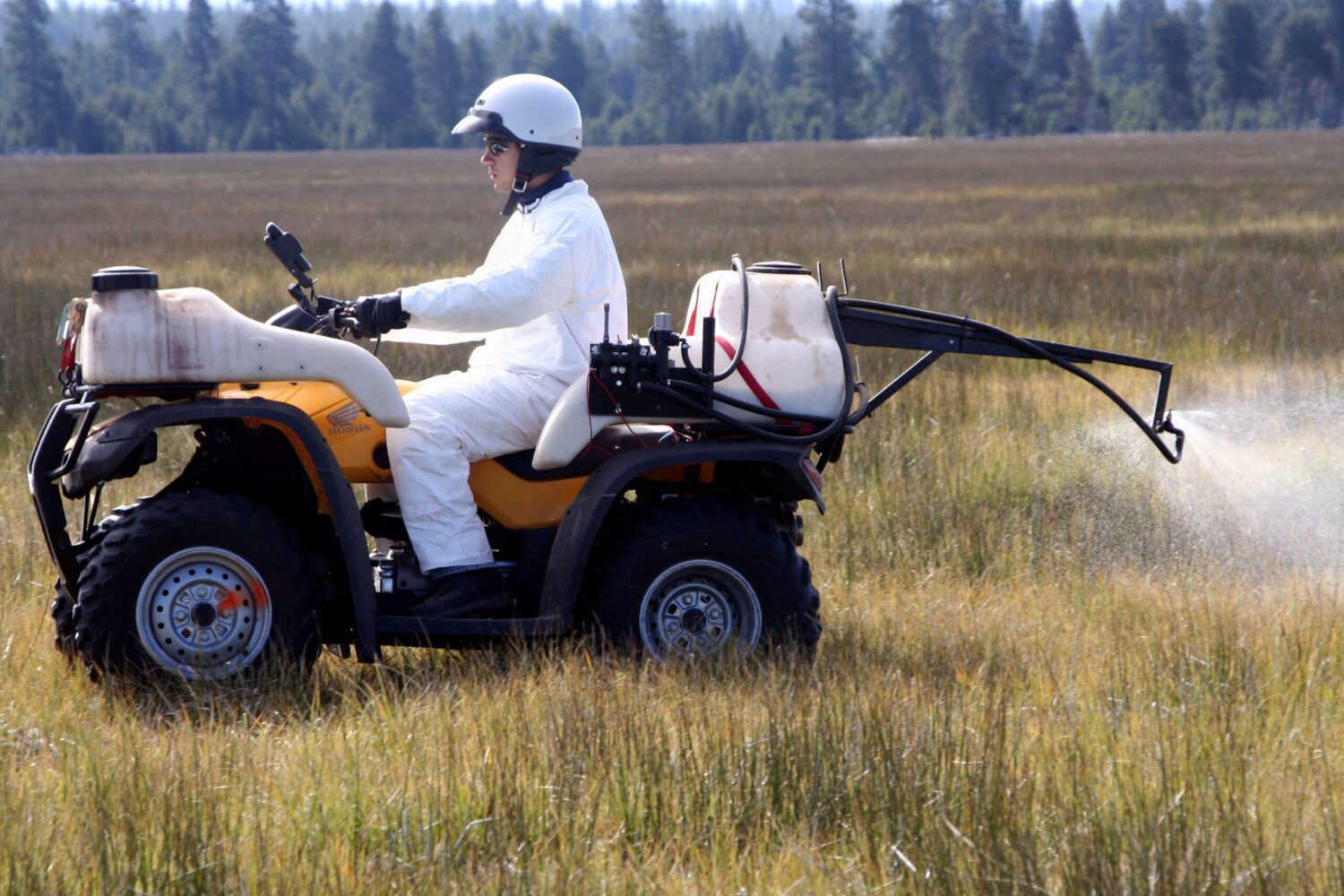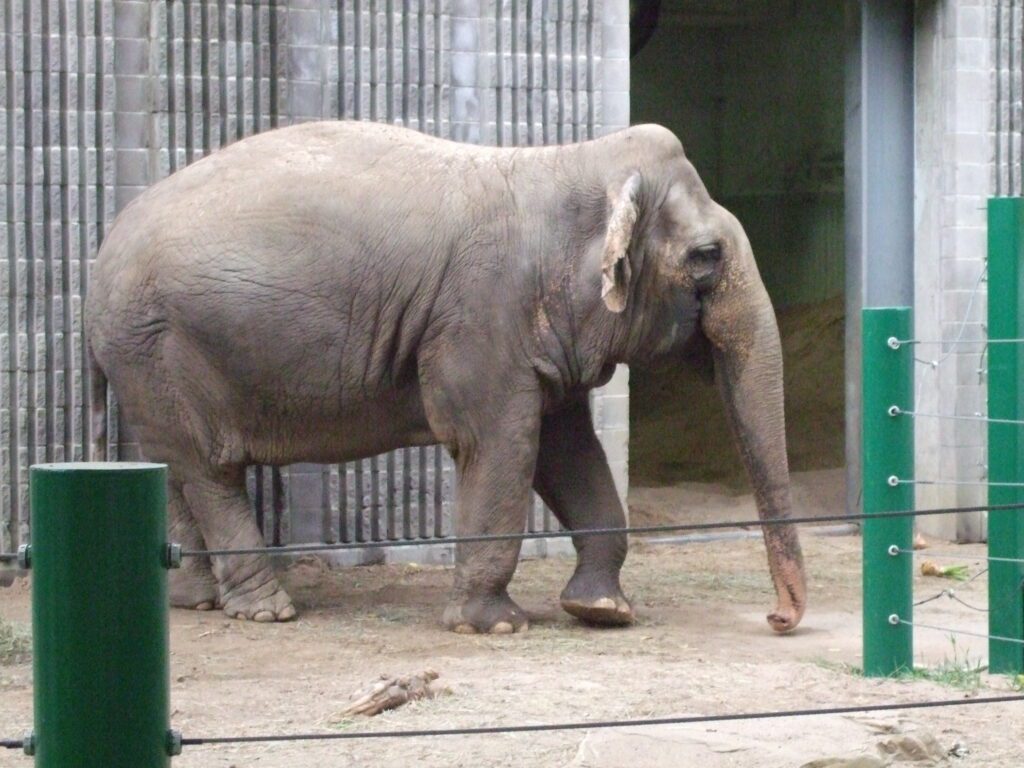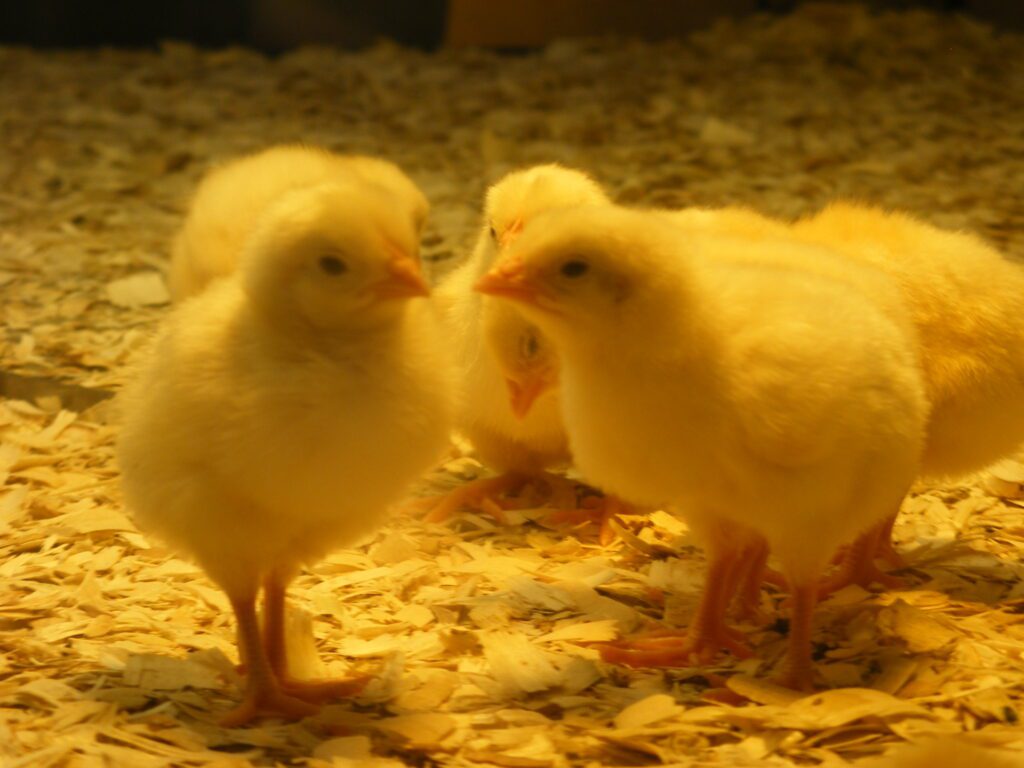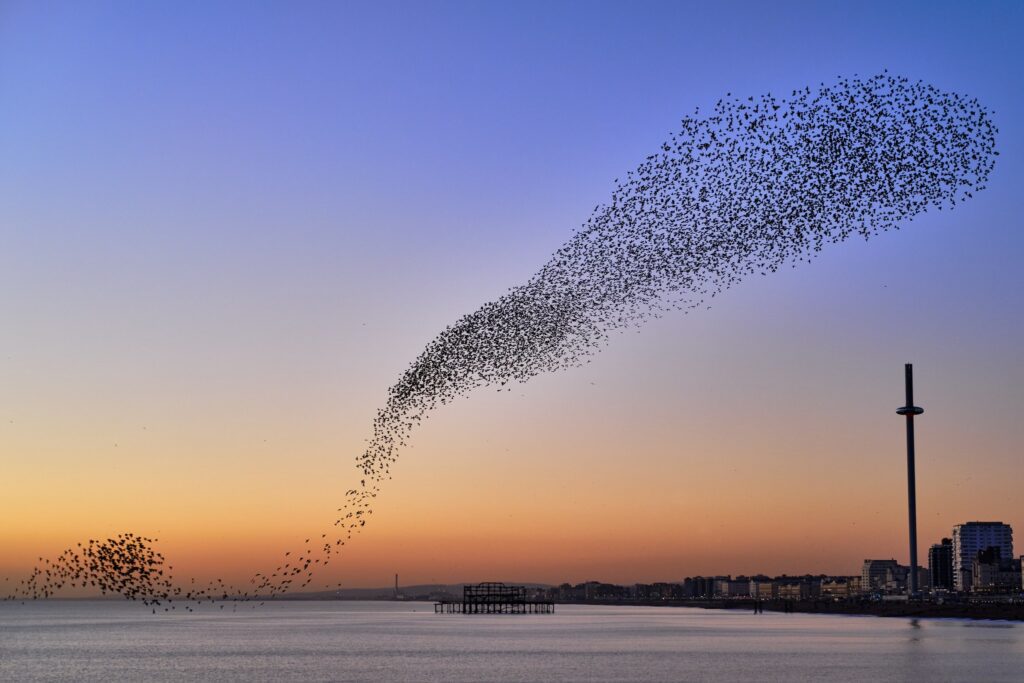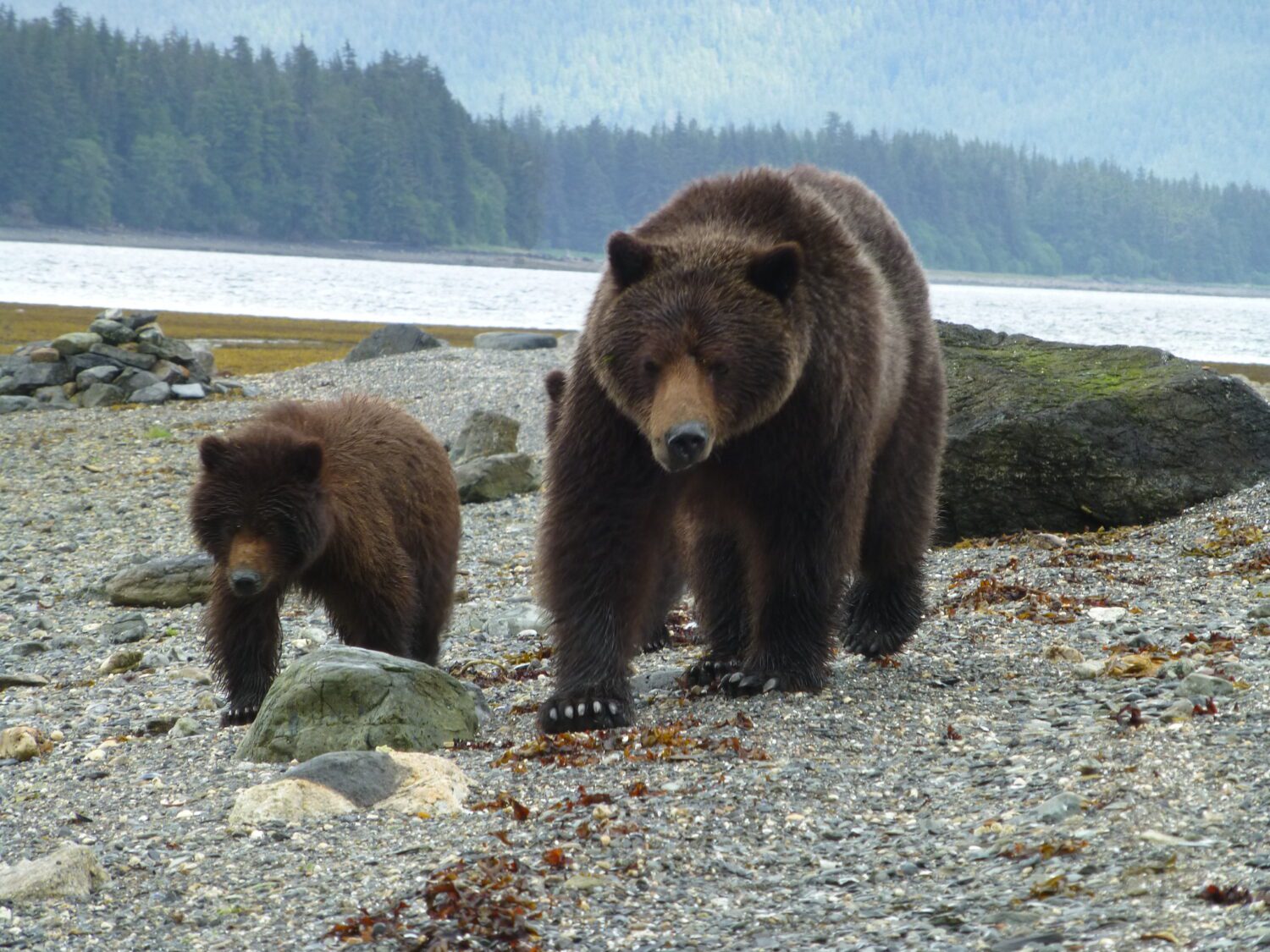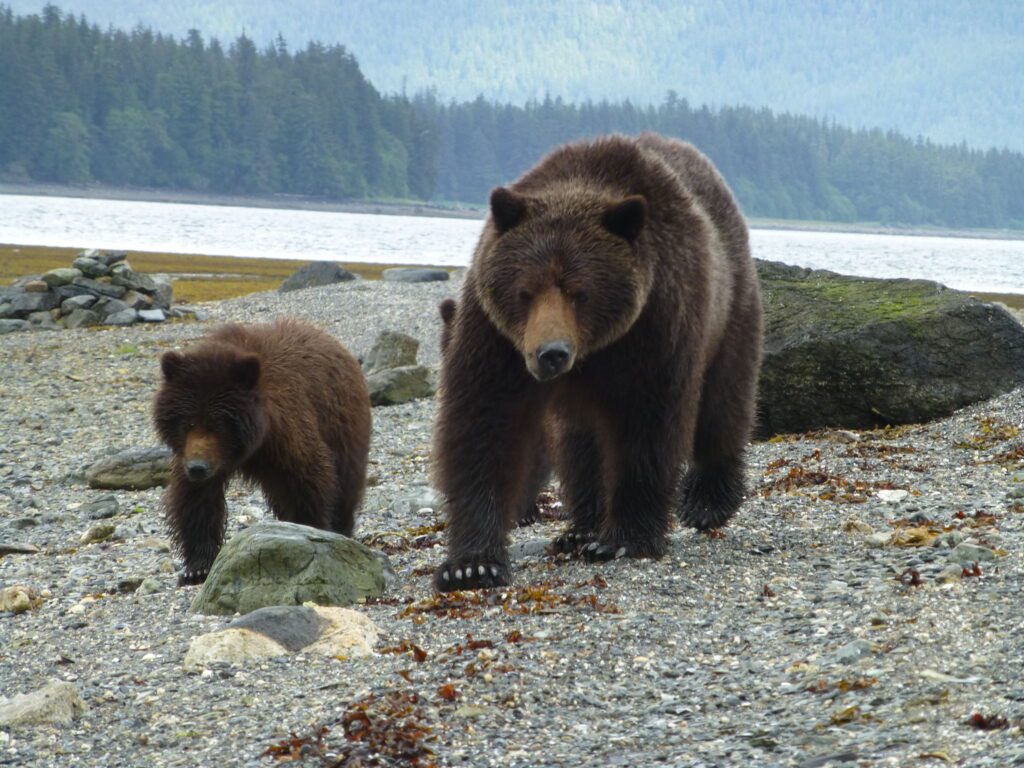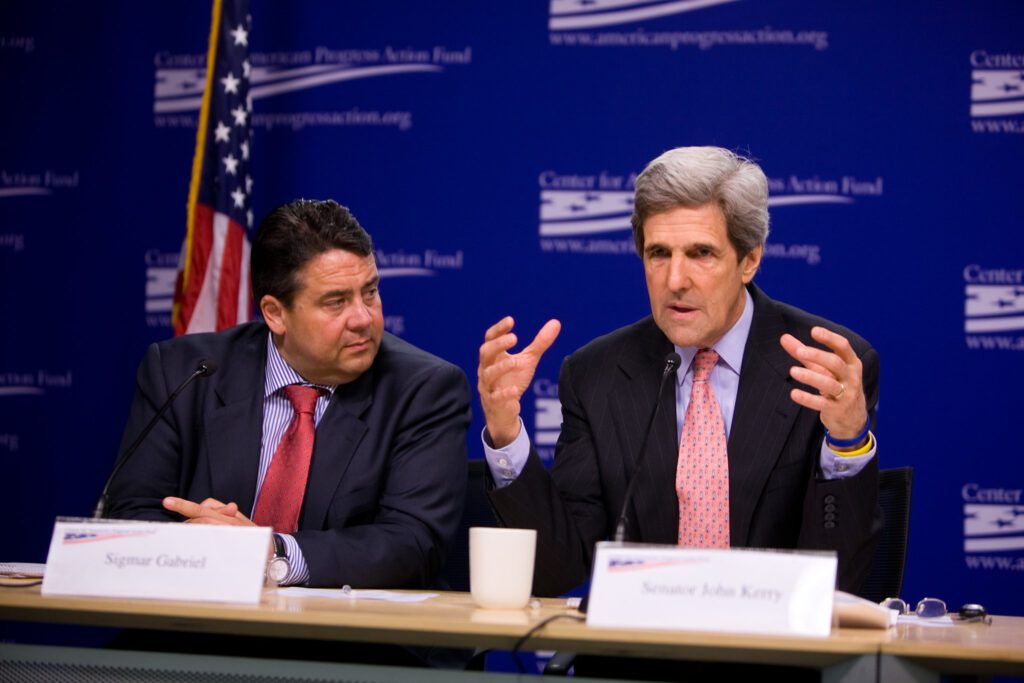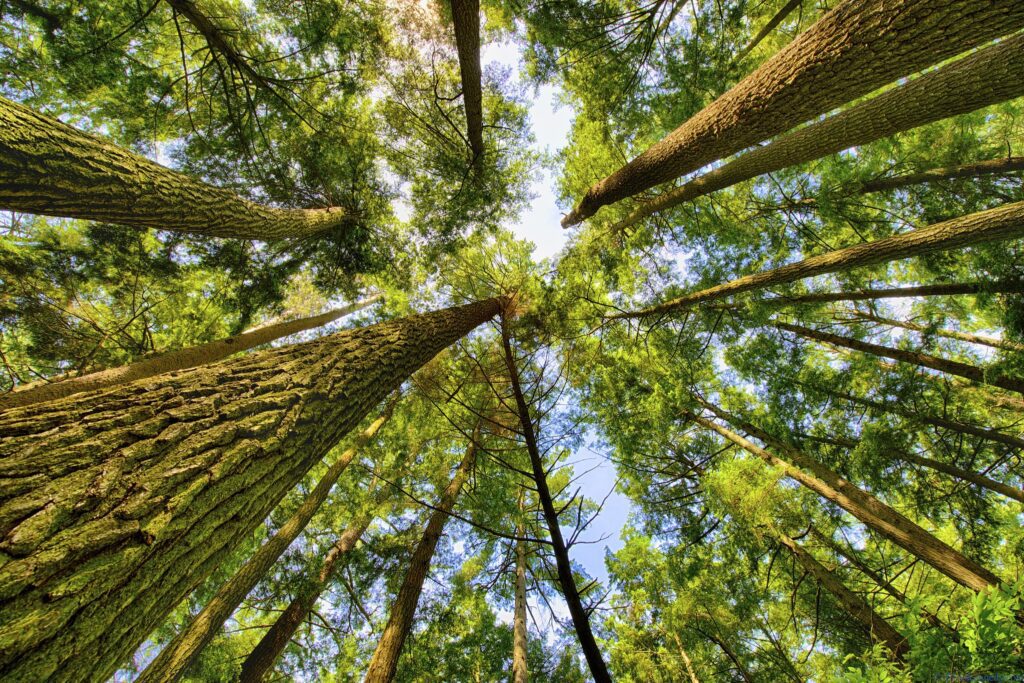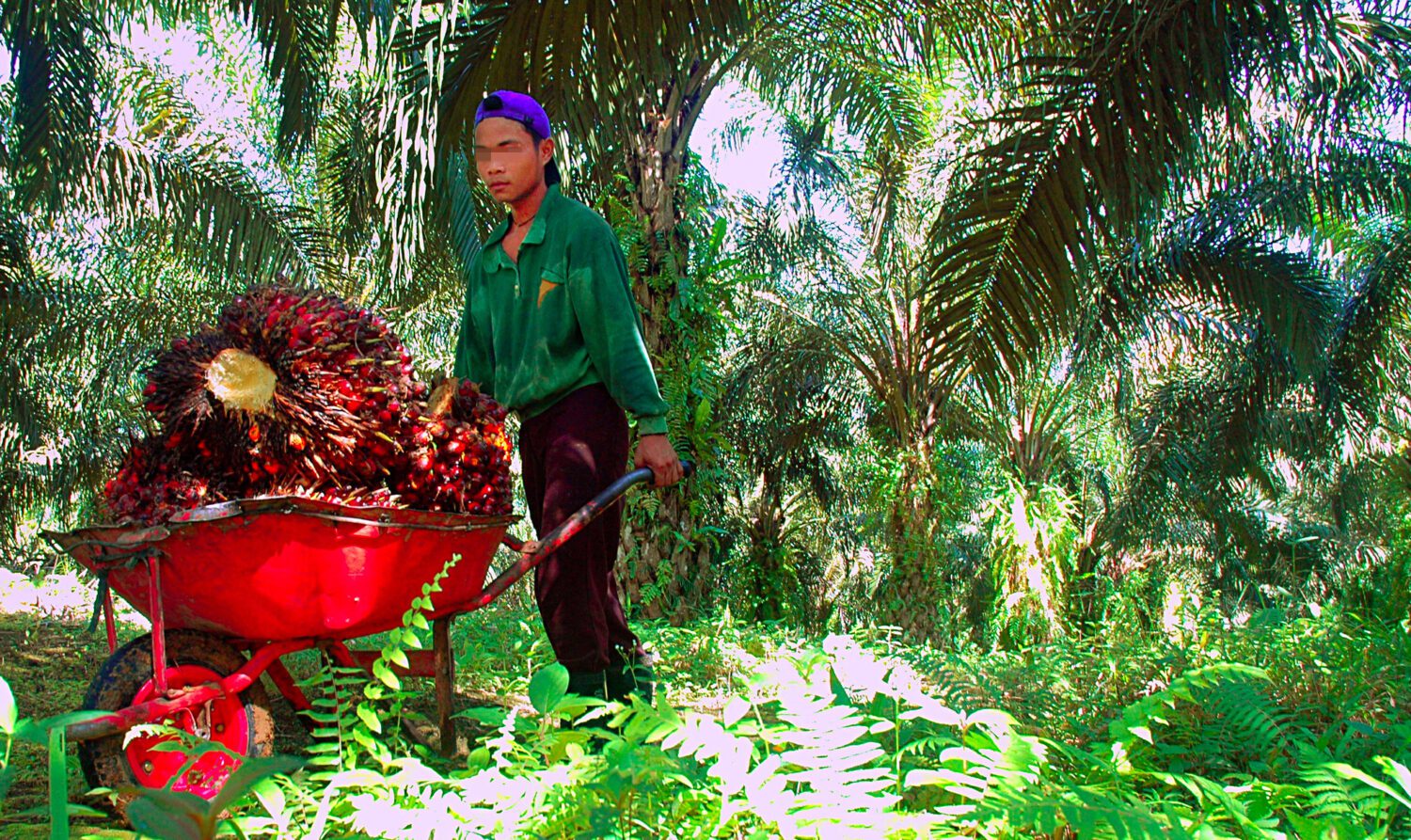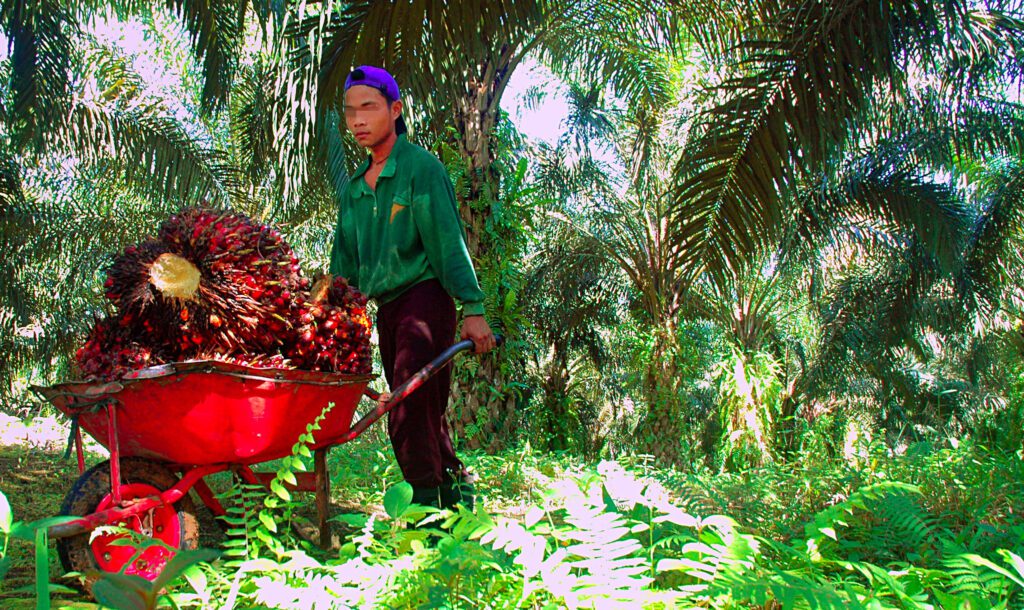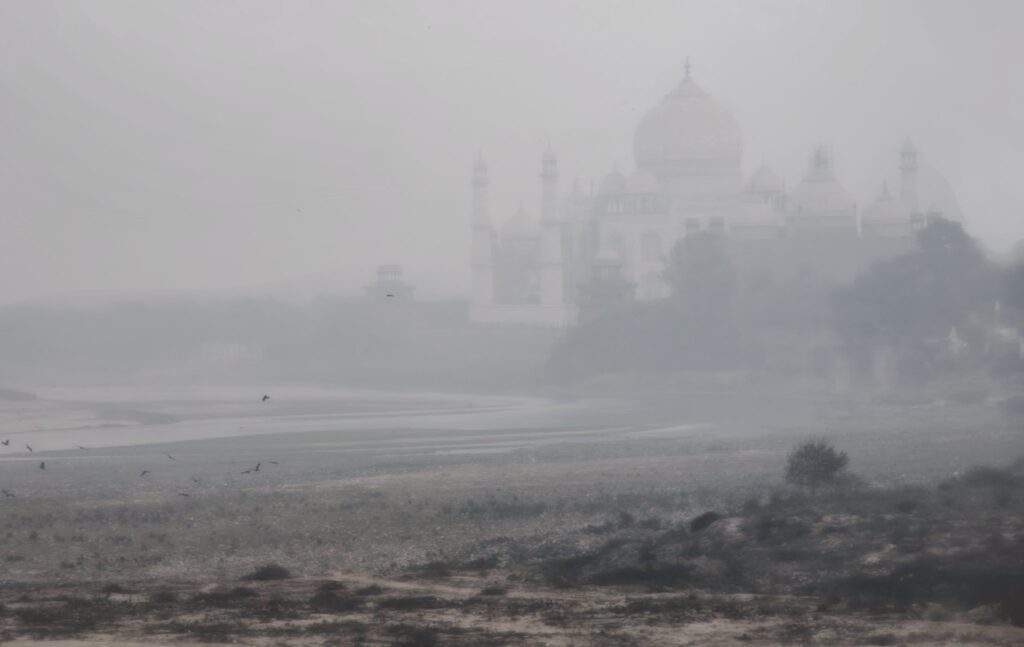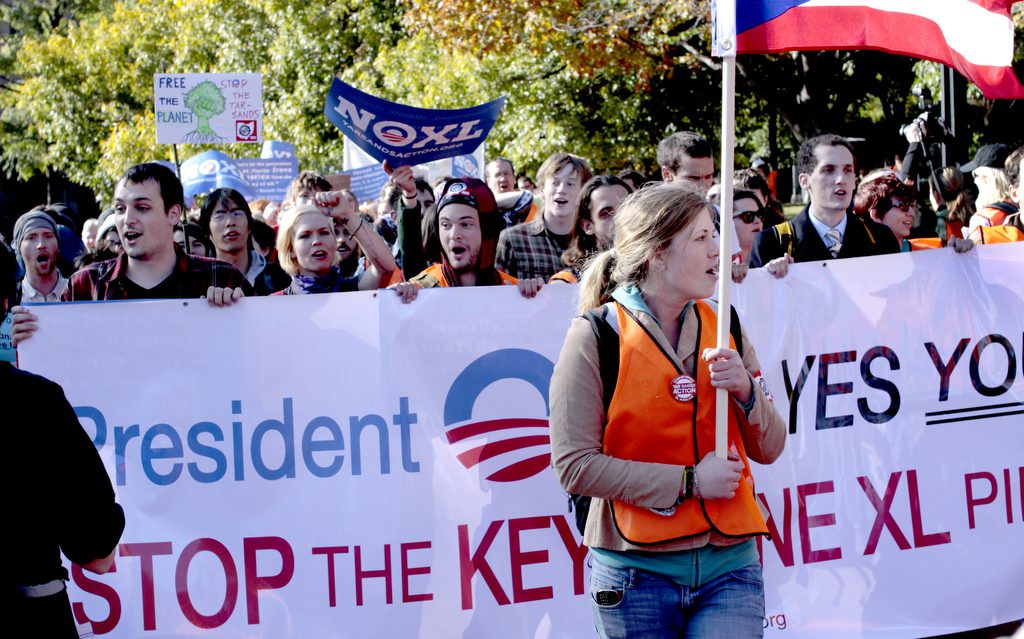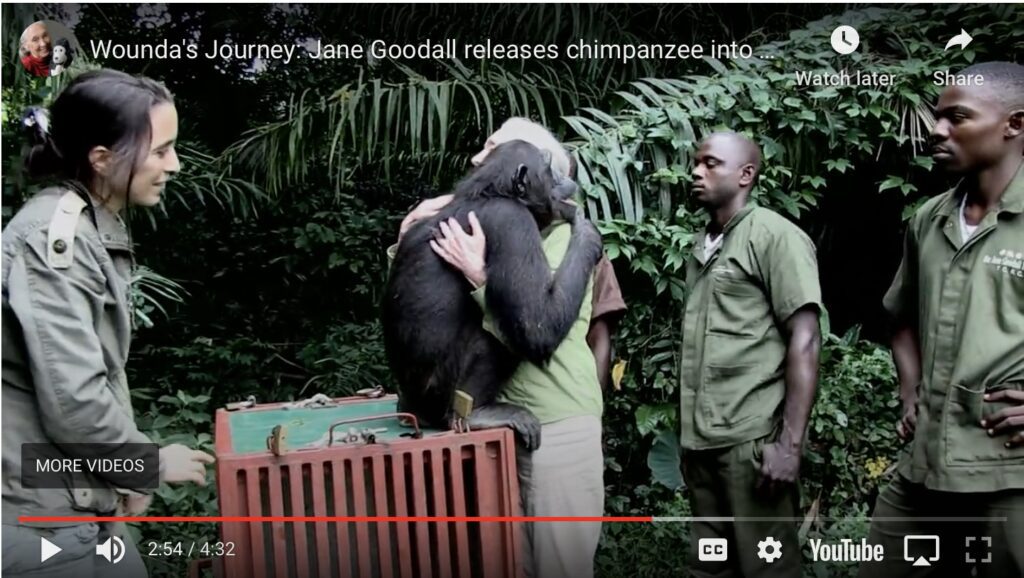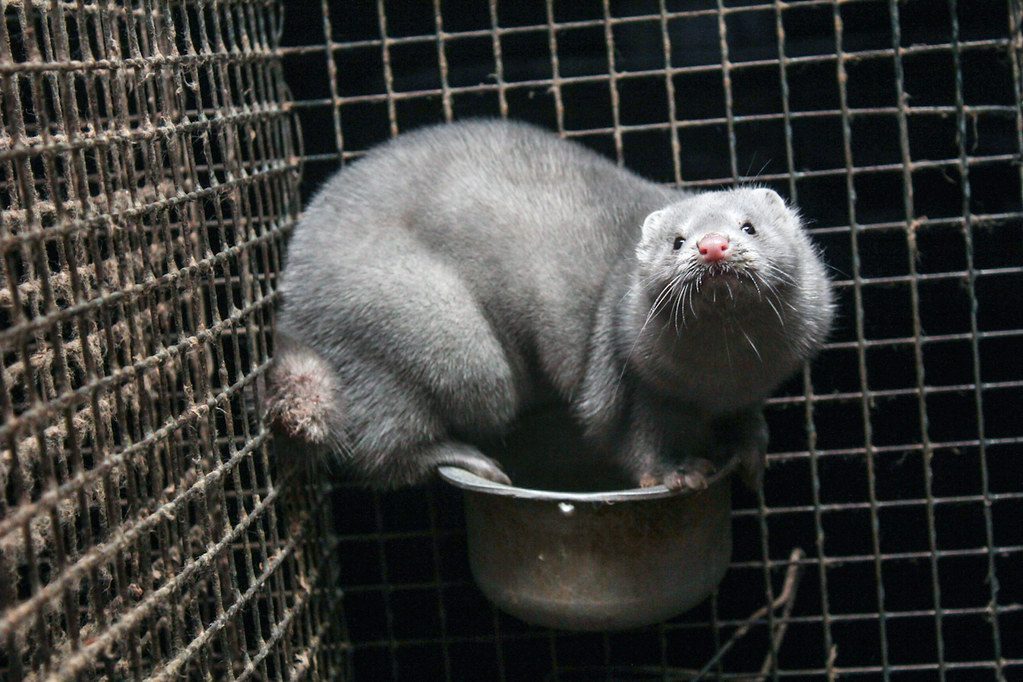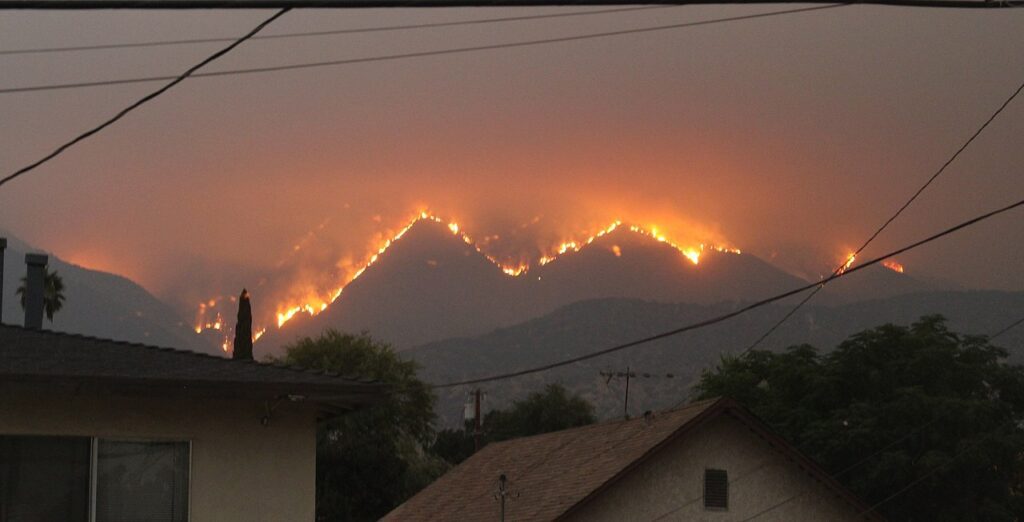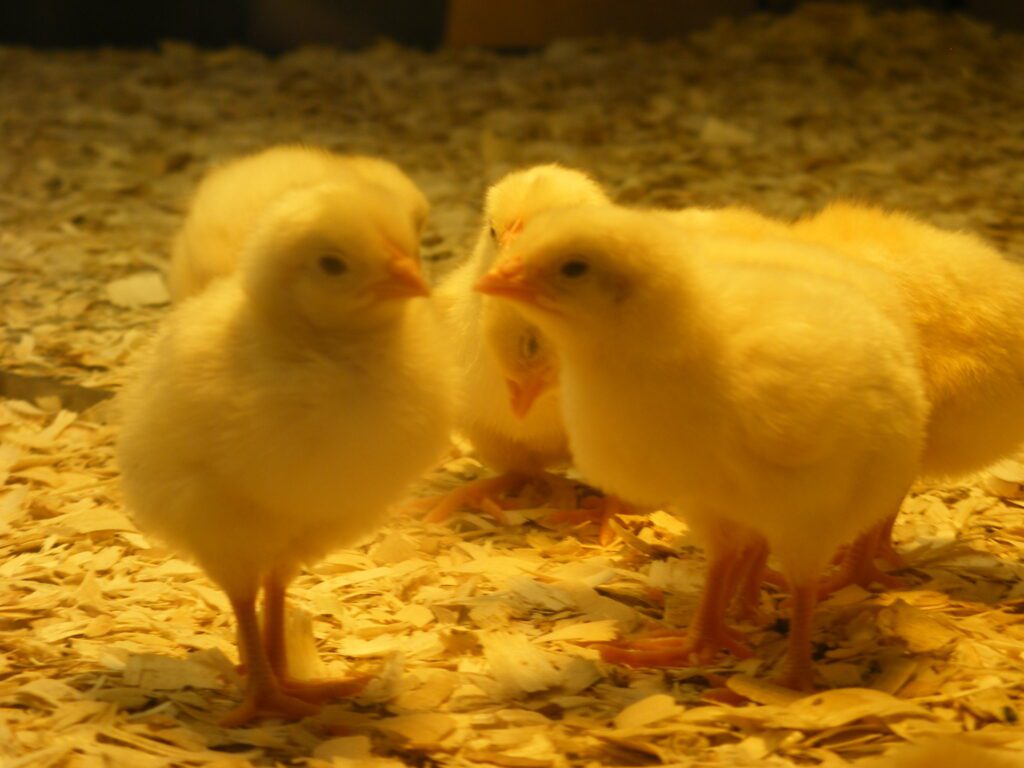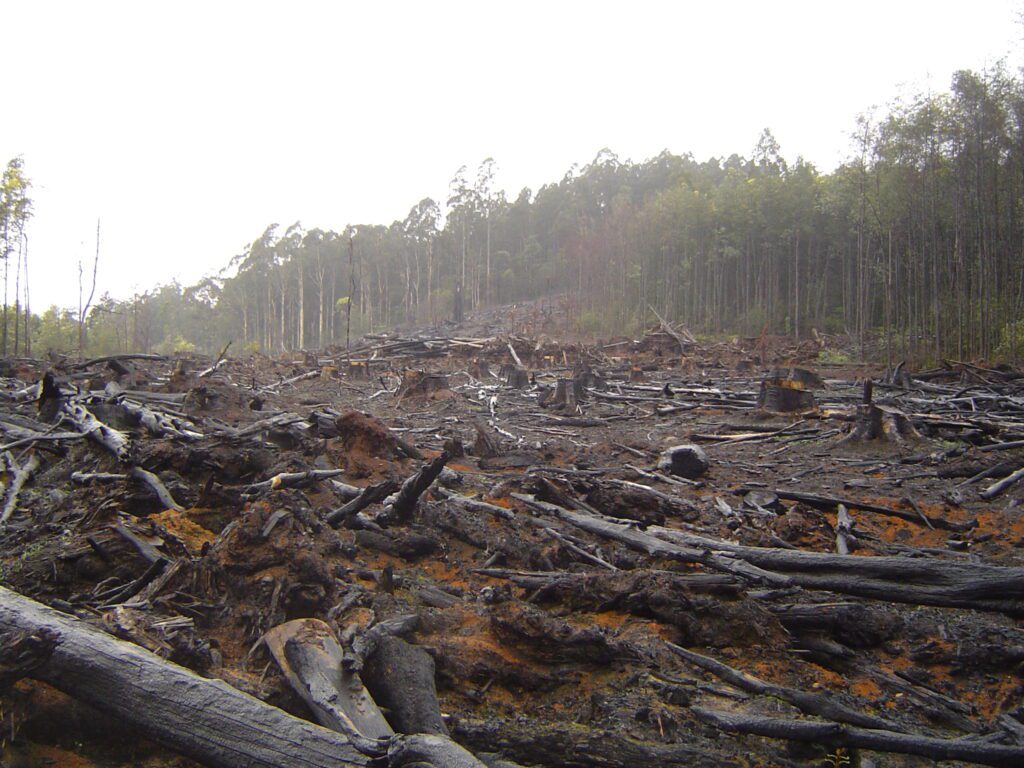


Disturbing forest ecosystems opens a Pandora’s Box on public health.
By Reynard Loki, Independent Media Institute
6 min read
As governments continue to grapple with the COVID-19 pandemic and scientists continue to assess its origins, it is becoming clear that deforestation is linked to emerging diseases. When humans destroy forests to create land for human use, whether it’s for farming, mining, logging, infrastructure development or urban expansion, biodiversity is diminished. And as some species go extinct, the ones that remain and even flourish in degraded forest ecosystems—like bats, rats and birds—are those that are more likely to be hosts for deadly viruses that can jump to humans.
COVID-19, SARS and Ebola—three infectious diseases that spread across national borders since 2002—share one thing in common: They were transmitted to humans from wild animals living in tropical forests, which are losing more than 100 trees per second due to rampant, unsustainable deforestation. (It is also important to note that cutting down trees negatively impacts not only biodiversity and human health but also the climate: Deforestation is responsible for 30% of global carbon emissions.)
Researchers in England examined over 6,800 ecological communities across six continents and found trends connecting disease outbreaks to regions where biodiversity has been diminished due to human activity. Their study, published in Nature in August 2020, concluded that “global changes in the mode and the intensity of land use are creating expanding hazardous interfaces between people, livestock and wildlife reservoirs of zoonotic disease.”
But while the study is new, scientists have been sounding the alarm, which has fallen on deaf ears “for decades,” said Kate Jones, an ecologist at University College London who was one of the study’s authors. “Nobody paid any attention.”
As the COVID-19 global death toll surges past 2.6 million people, now is the time for governments to pay attention to the science: To prevent the next pandemic, efforts must be made to rein in rampant deforestation. In an essay published in the journal Science in July 2020, a group of scientists made the case that reducing both deforestation and the wildlife trade would result in a lower risk of future pandemics. “The clear link between deforestation and virus emergence suggests that a major effort to retain intact forest cover would have a large return on investment even if its only benefit was to reduce virus emergence events,” they write.
Epidemiologist Ibrahima Socé Fall, who heads emergency operations at the World Health Organization in Geneva, Switzerland, echoes that call. “Sustainable development is crucial,” he said. “If we continue to have this level of deforestation, disorganized mining and unplanned development, we are going to have more outbreaks.”
Investing in sustainable solutions also means investing in sustainable livelihoods. And so part of reducing deforestation is understanding the needs of rural communities living in or alongside forests, including providing economic incentives to protect the natural ecosystems around them. Giving Indigenous groups legal rights to their land is one way. In 2009 in India’s Narmada District, for example, villagers were able to secure legal rights to their land and resources, which led to more sustainable land management.
“Being secure in the knowledge that they own their land has meant that these communities have an incentive to protect and improve it for the future,” writes Edward Davey, the international engagement director of the Food and Land Use Coalition, an initiative to improve the world’s food and land use systems. “Villagers can now invest in actions like levelling, terracing and irrigating farmland for greater productivity. Some villages are also taking steps to prevent illegal forest clearing and forest fires, by patrolling the forest and brokering community agreements to manage fire.”
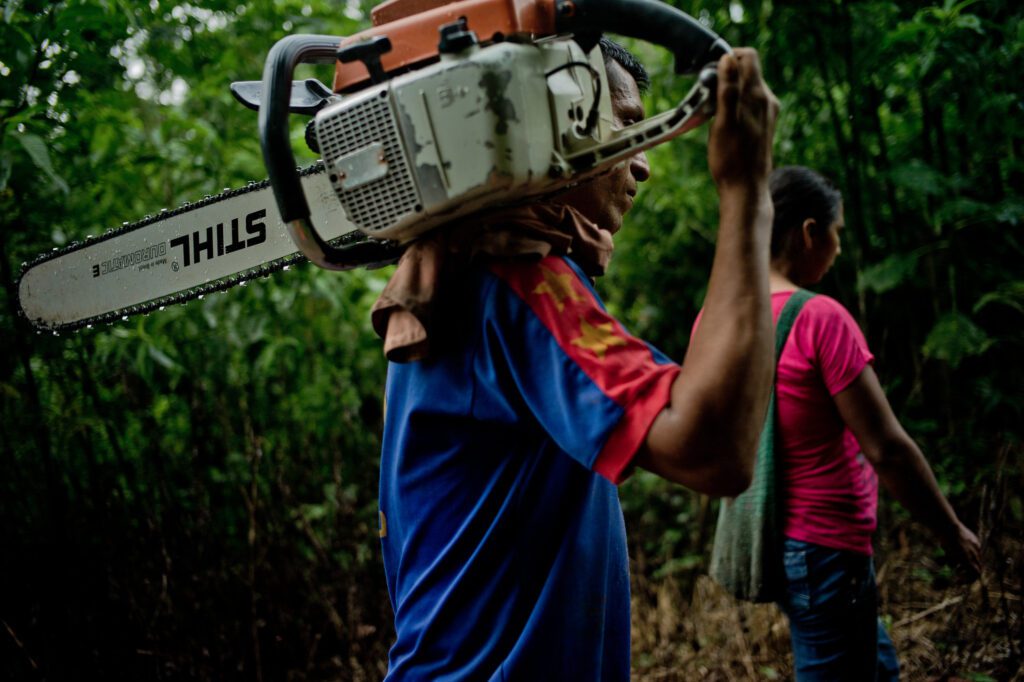
In addition, research indicates that improving rural health care can lead to a reduction in illegal logging. In one study conducted by researchers from the United States and Indonesia, villagers in rural Borneo were given discounts to health clinic visits, which offset the medical costs that were often paid for by illegal logging. “The greatest logging reductions were adjacent to the most highly engaged villages,” write the study authors. “Results suggest that this community-derived solution simultaneously improved health care access for local and indigenous communities and sustainably conserved carbon stocks in a protected tropical forest.”
The global food system is also a major culprit of deforestation, as land is cleared to raise livestock to feed a growing population. And while big banks have begun to divest from fossil fuel companies due to their climate impact, they are increasingly financing industrial agriculture firms that produce meat and dairy, the biggest sources of emissions coming from the food system. “Animal protein and even dairy is likely, and already has started to become, the new oil and gas,” said Bruno Sarda, the former North America president of CDP, a carbon disclosure framework for the corporate sector. “This is the biggest source of emissions that doesn’t have a target on its back.”
Last month, several environmental groups and advocacy organizations co-sponsored a public petition urging the Biden administration and Congress to curb deforestation in an effort to lower the risk of the next pandemic. Specifically, the petition calls for $2.5 billion in the next COVID relief bill to “to support healthcare and jobs training for indigenous people in every tropical rainforest community, and support impoverished nations to build the healthcare systems to stop outbreaks before they spread.”
The petition’s sponsors, which include the Brazilian Rainforest Trust, the Endangered Species Coalition and Mighty Earth, argue that “[e]nding deforestation is our best chance to conserve wildlife, one of the quickest and most cost effective ways to curb global warming, and absolutely crucial to prevent the next deadly, global pandemic.”
“We are all interconnected,” famed primatologist Jane Goodall told PBS NewsHour in April 2020. “And if we don’t get that lesson from this pandemic, then maybe we never will.”
- Urge President Biden and Congress to lower the risk of the next pandemic by curbing deforestation and supporting tropical rainforest communities.
Cause for concern…

“In the moments of sheer terror, before a female kangaroo is killed, she embodies the indictment of our species, each and every time the act is committed for human gains,” write Earth | Food | Life contributors Jeffrey Moussaieff Masson and David G. Brooks on NationofChange. They are calling on Nike, Adidas and other shoe manufacturers to stop using kangaroo skin to make sneakers.
- Nike and Adidas are using kangaroo skin to make sneakers (Jeffrey Moussaieff Masson and David G. Brooks, Earth | Food | Life via NationofChange)
- An iceberg the size of L.A. just broke off from Antarctica (AJ Dellinger, Mic)
- Trump-emboldened extremists could spell trouble for Biden’s environmental agenda (Chris D’Angelo, HuffPost)
- States look to step up wolf kills, pushed by Republicans (Matthew Brown and Iris Samuels, Associated Press)
- Butterfly numbers plummeting in U.S. West as climate crisis takes toll (Oliver Milman, The Guardian)
Round of applause…
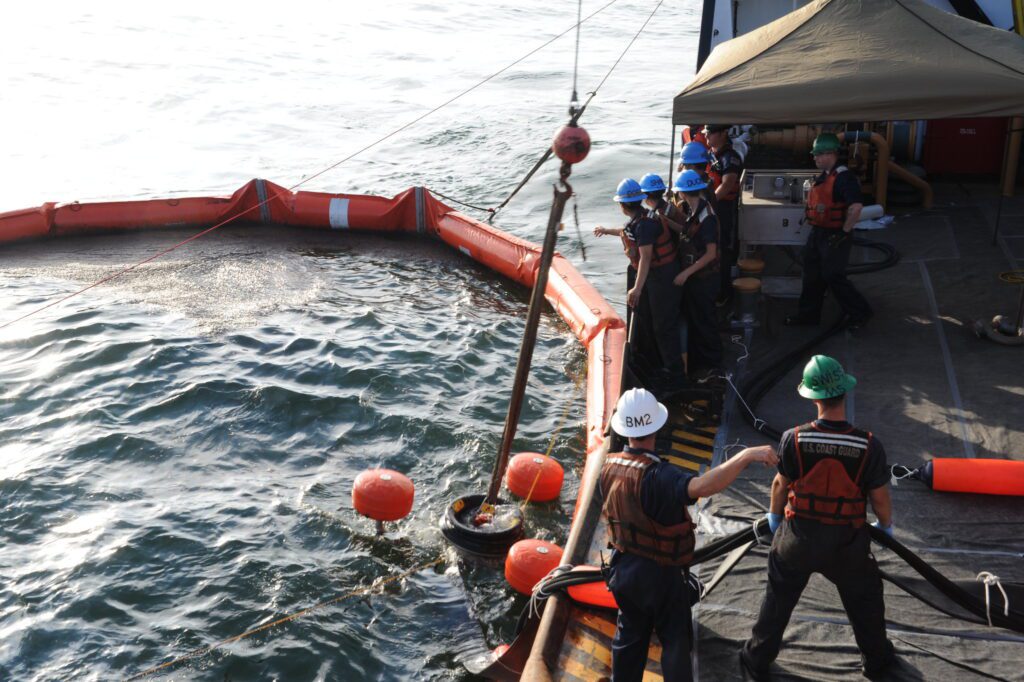
“As the Interior Department awaits its new secretary, the agency is already moving to lock in key parts of President Biden’s environmental agenda, particularly on oil and gas restrictions, laying the groundwork to fulfill some of the administration’s most consequential climate change promises,” reports Lisa Friedman for the New York Times.
- Reversing Trump, Interior Department moves swiftly on climate change (Lisa Friedman, The New York Times)
- House passes historic public lands bill protecting nearly 3 million acres (Annette McGivney, The Guardian)
- Civilian Climate Corps is a government plan that all Americans can back (Jim Lardner, The New Yorker)
- Burger King UK says 50% of menu will be plant-based by 2031 (Tanuvi Joe, Green Queen Media)
- New post-Brexit ban on ‘barbaric’ foie gras set to be implemented in the next few months (Sarah Keane, Euro Weekly News)
Parting thought…
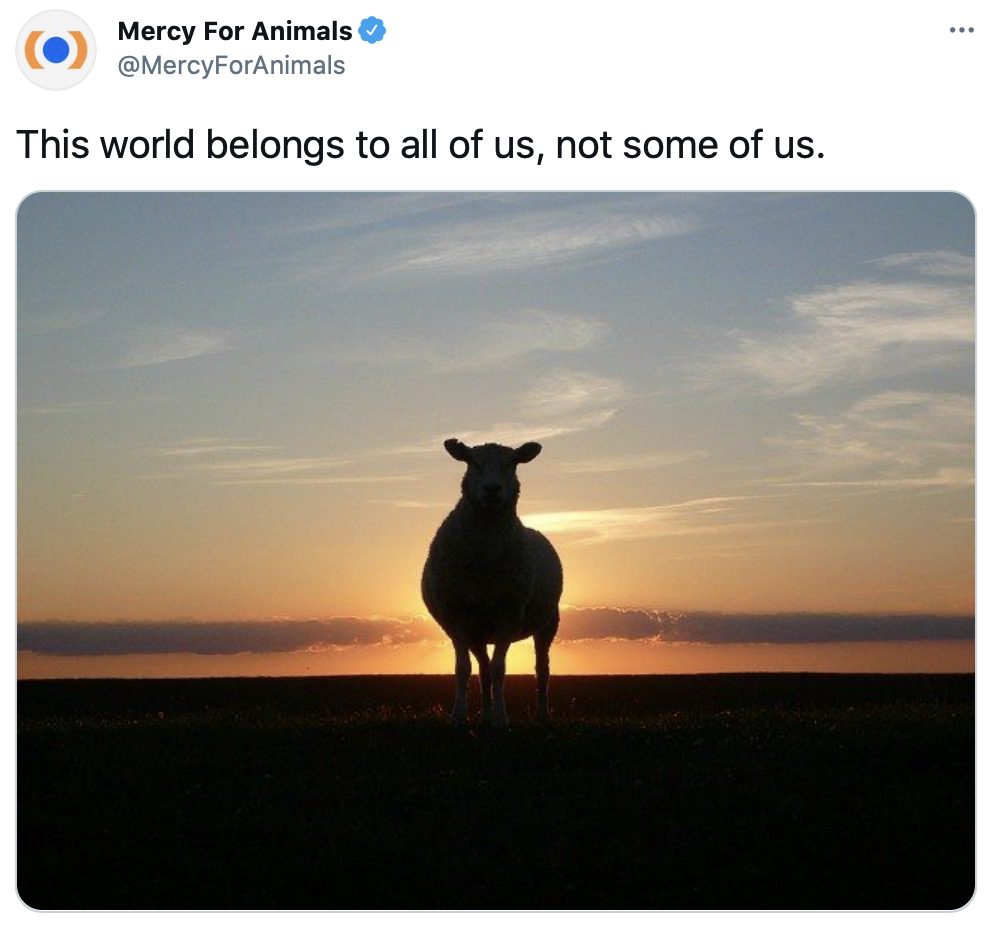
Reynard Loki is a writing fellow at the Independent Media Institute, where he serves as the editor and chief correspondent for Earth | Food | Life. He previously served as the environment, food and animal rights editor at AlterNet and as a reporter for Justmeans/3BL Media covering sustainability and corporate social responsibility. He was named one of FilterBuy’s Top 50 Health & Environmental Journalists to Follow in 2016. His work has been published by Yes! Magazine, Salon, Truthout, BillMoyers.com, EcoWatch and Truthdig, among others.
Earth | Food | Life (EFL) explores the critical and often interconnected issues facing the climate/environment, food/agriculture and nature/animal rights, and champions action; specifically, how responsible citizens, voters and consumers can help put society on an ethical path of sustainability that respects the rights of all species who call this planet home. EFL emphasizes the idea that everything is connected, so every decision matters.
Click here to support the work of EFL and the Independent Media Institute.
Questions, comments, suggestions, submissions? Contact EFL editor Reynard Loki at [email protected]. Follow EFL on Twitter @EarthFoodLife.
